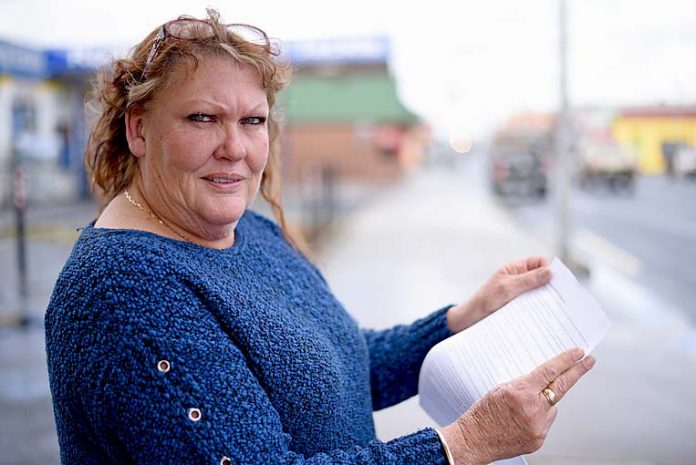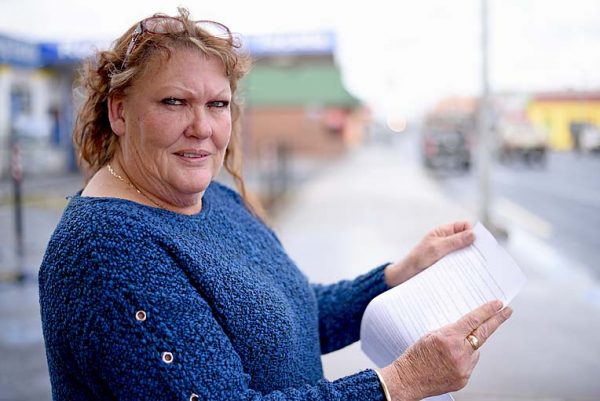

REGIONAL drug services advocate says more people will die of a drug overdose unless a crisis and treatment centre is established.
The call coincides with the release of a report by the Penington Institute that shows eight people have died from an unintentional drug overdose over a four year period in the Limestone Coast.
Alarmingly, the report – Australia’s Annual Overdose Report 2019 – reveals that the number of Australians dying from unintentional overdoses has skyrocketed by almost 38pc over the past 10 years, from 1171 to more than 1600.
This trend is being driven by the rise of stimulants including methamphetamine or “ice”, pharmaceutical and heroin overdoses and the use of multiple drugs at once.
Drug services advocate Karen Judd – whose son Jay tragically died of a drug overdose – said the region was in desperate need of more services.
“While there are more and different services now, nothing has really changed. We have bits and pieces,” Ms Judd said.
She said there needed to be more extensive services for people battling addiction given counselling and short term rehabilitation were not always effective.
Ms Judd – who runs a support group for families of addicts – revealed on average two families contacted her for help each week regarding a family member’s addiction.
She revealed this spiked to four families last week and crystal methamphetamine addiction was continuing to destroy lives across the region.
“The problem out there is absolutely huge,” Ms Judd said.
“I know of parents who have mortgaged their house to send their kids to rehabilitation facilities that have no regulations.”
She said this could cost $30,000 for three months.
“There are more services in the region than there was before, but no-one has come back from using these services and said that was magnificent,” Ms Judd said.
While she has been calling for a crisis centre for some years, the concept had yet to get off the ground.
“We need a crisis centre so people and families can take them there or get them taken there,” Ms Judd said.
In an ideal world, she said people with drug addition needed to be mandatory held for some weeks.
Penington Institute chief executive officer John Ryan said the report showed there was an overdose crisis in Australia.
“Unintentional deaths involving stimulants have almost tripled in the last five years alone. That points to a problem that we’re just not getting to grips with,” Mr Ryan said.
“The rise in polydrug use is also a big concern and one that’s changing our understanding of how people use drugs. We’re good at treating single-drug overdoses.
“But when you’re introducing multiple other types of drugs into a person’s system, the response can be hard to predict.”
He said Australian was careening down a similar path as America in regards to opioids.
“About seven years ago, their overdose deaths from prescription opioids begin to stabilise as deaths due to illicit drugs like heroin, fentanyl and methamphetamine skyrocketed,” Mr Ryan said,” institute spokesperson said.
“Reducing access to prescription drugs without addressing the underlying causes simply changes the type of drugs that are abused – with fatal consequences. Australia shouldn’t follow America’s failed approach.
“But it’s very important to note that this is not, and never has been, only a crisis of illicit drugs. Not all stimulants are methamphetamines, and not all opioids that cause death are heroin. Australia has a problem with pharmaceutical drugs as well as illicit drugs.”
Mr Ryan said the nation could turn this around before it was too late.
“If we apply the methods that we know are successful in reducing overdose deaths, we’ll save billions of dollars and, more importantly, save the lives of thousands of Australians.”







